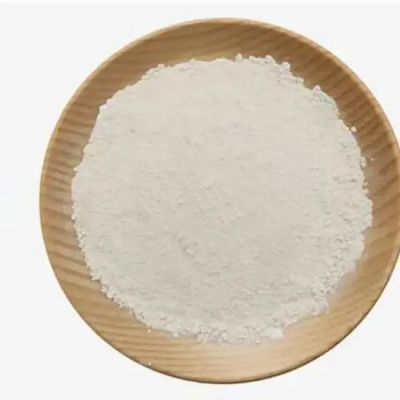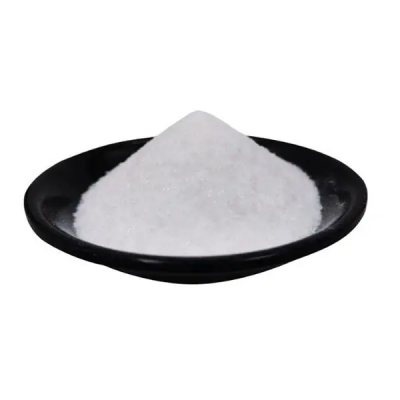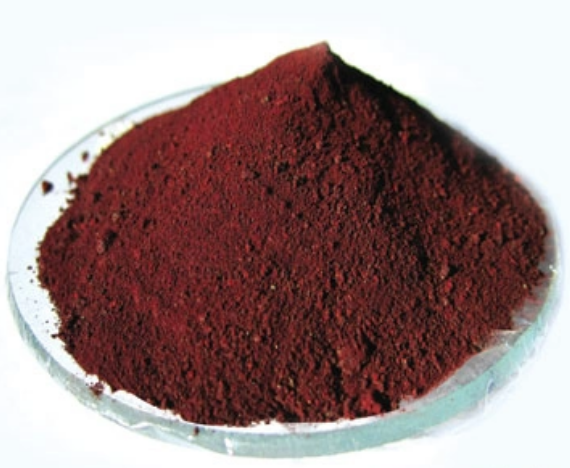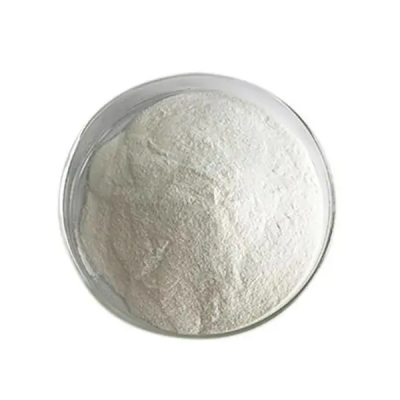Amphotericin B – Injection grade CAS:1397-89-3
Amphotericin B injection is utilized in the treatment of serious fungal infections such as candidemia, invasive aspergillosis, cryptococcal meningitis, and mucormycosis, particularly in immunocompromised patients or those with weakened immune systems. Due to its potent antifungal activity, amphotericin B injection is often considered a first-line therapy for severe systemic fungal infections. Healthcare professionals administer amphotericin B intravenously, carefully monitoring patients during infusion to manage potential adverse effects, including fever, chills, and infusion-related reactions. The dosage and duration of amphotericin B therapy are tailored to the specific fungal infection, the patient's medical condition, and any underlying organ dysfunction. Given its nephrotoxicity and potential for electrolyte disturbances, close monitoring of kidney function and electrolyte levels is crucial during amphotericin B treatment. Lipid formulations of amphotericin B may be employed to minimize renal toxicity and infusion-related reactions associated with conventional amphotericin B deoxycholate. Regular monitoring for adverse effects, such as renal impairment and hypokalemia, along with appropriate supportive care, helps manage the safety and tolerability of amphotericin B therapy. Healthcare providers carefully weigh the benefits of treatment against potential risks, ensuring that patients receive appropriate antifungal therapy while minimizing the impact of adverse effects. By effectively targeting severe systemic fungal infections, amphotericin B injection plays a vital role in addressing life-threatening conditions and providing therapeutic options for patients facing challenging fungal illnesses.



| Composition | C47H73NO17 |
| Assay | 99% |
| Appearance | white powder |
| CAS No. | 1397-89-3 |
| Packing | Small and bulk |
| Shelf Life | 2 years |
| Storage | Store in cool and dry area |
| Certification | ISO. |









